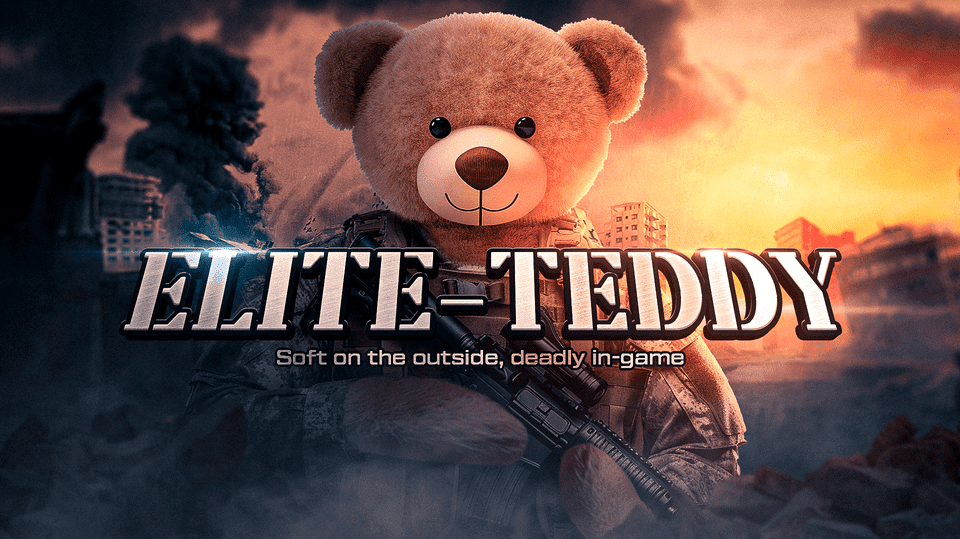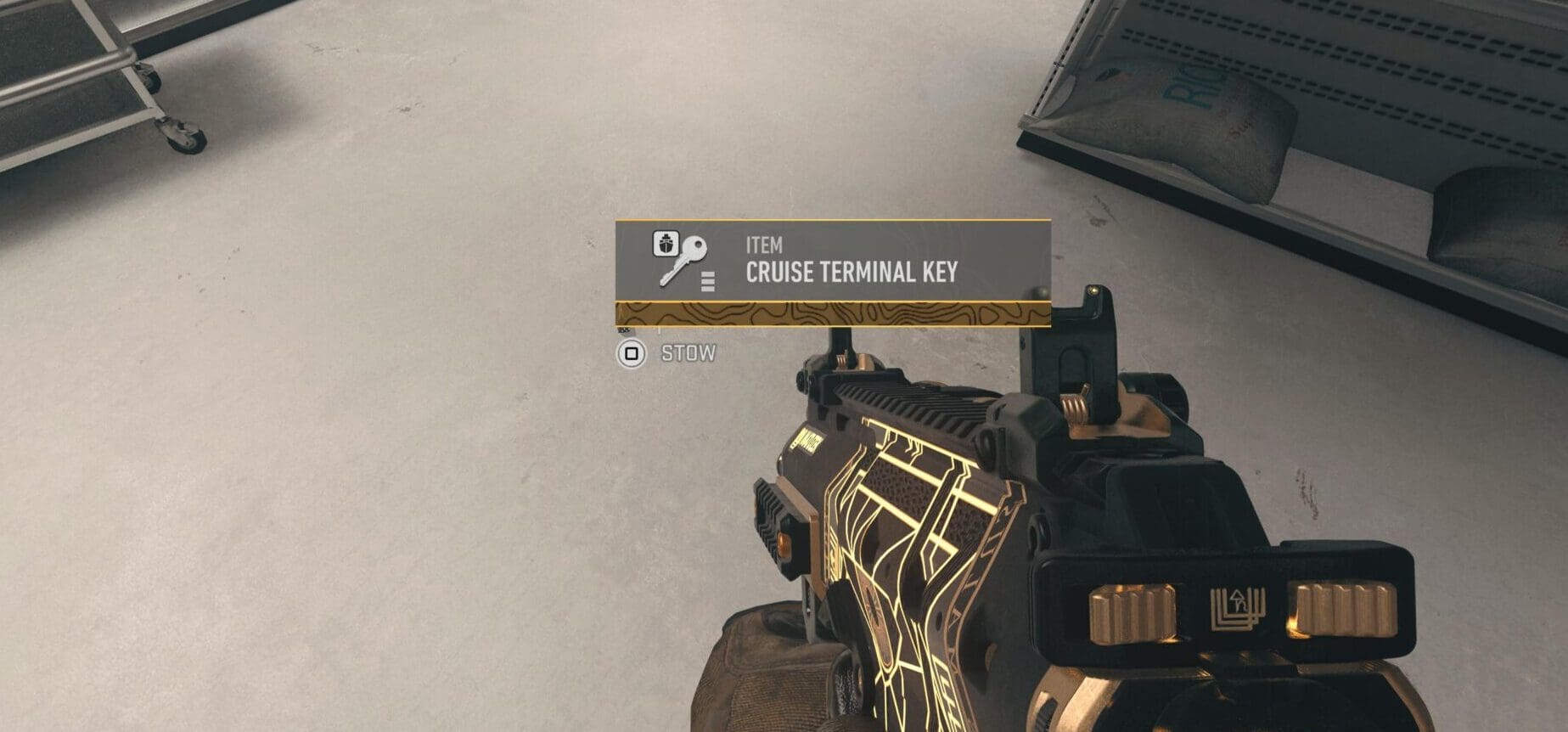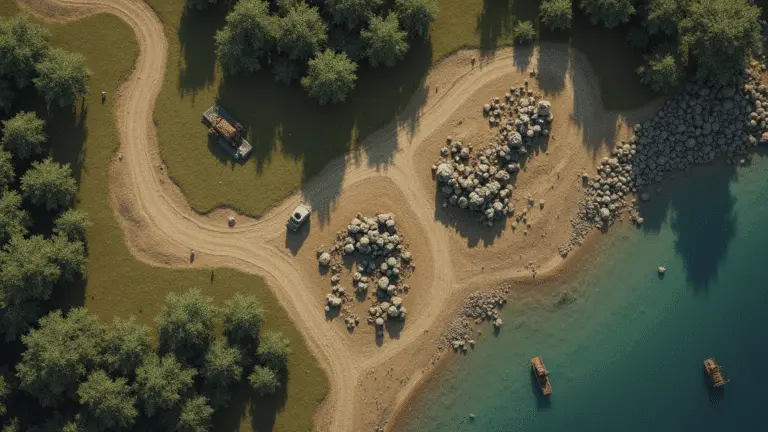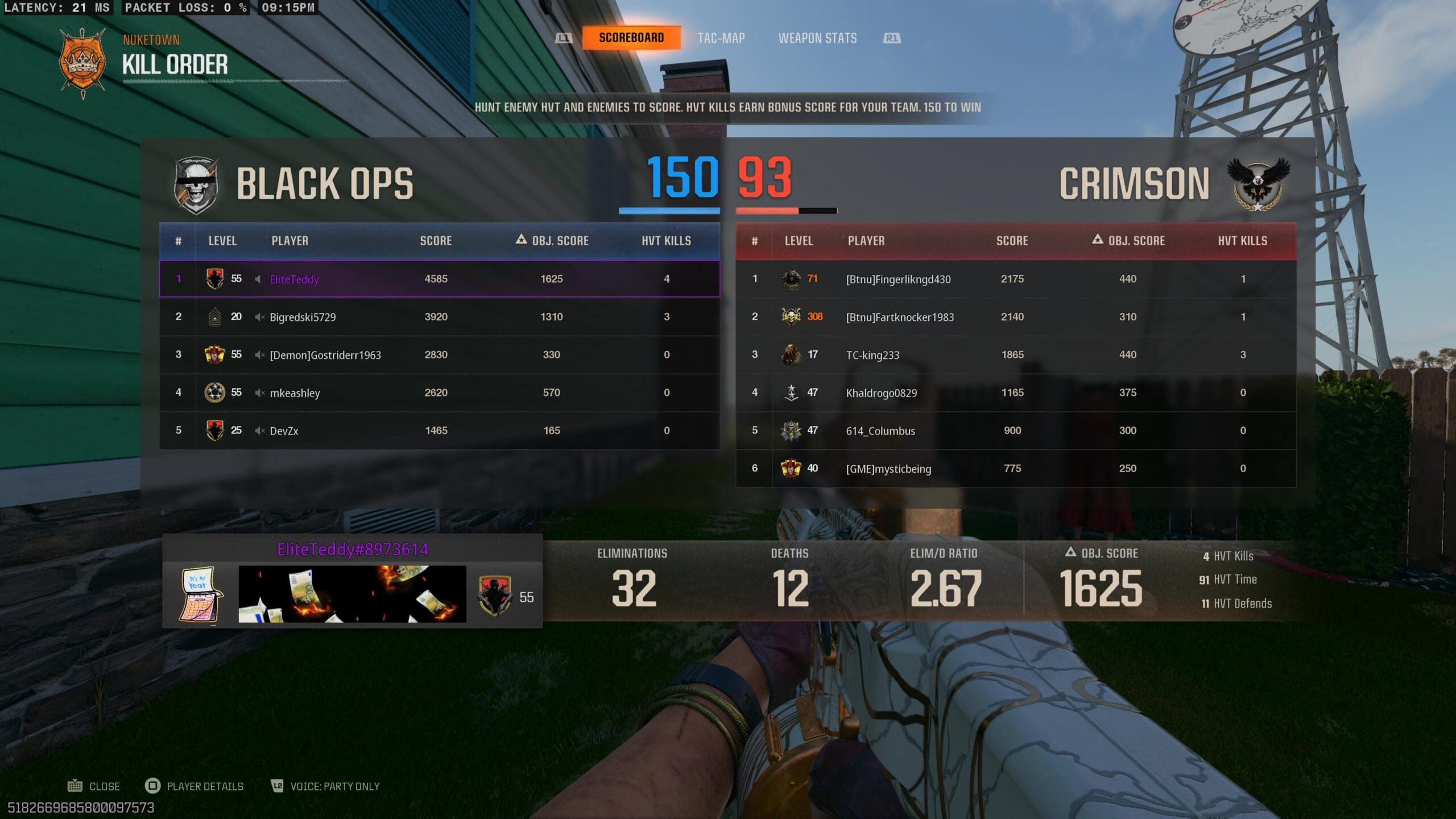In my experience playing Call of Duty: DMZ, understanding the small details of game items is essential. One common question players ask is, Why do some DMZ keys have three white strips? I’ve learned that these strips serve a clear purpose in the game’s design, typically representing a key’s many uses. Recognizing this detail can help you plan more strategically, making the most out of every opportunity the key unlocks.
Understanding DMZ Key Mechanics
The system behind DMZ keys follows a simple rule. Each key has a specified number of white strips that tell players how many times the key can be used before it becomes unusable. When you see a key with three white strips, you have three uses remaining. This system applies equally to keys with one or two strips.
Each white strip serves as a visual cue for players. When you start with a key, the game indicates its durability by showing how many activations it can perform. Then, as you use the key, one white strip is removed after each use until none remains. After the last activation, the key will break if you try to use it again.
The Role of the Three-Strip DMZ Key
The reason some DMZ keys have three white strips is straightforward. A key with three strips means the player can use it three times in different situations. This built-in durability encourages players to consider each use critically. When resources are limited in the game, every key activation must be planned carefully.
This mechanic introduces a strategic element and keeps players mindful of their inventory. Knowing how many attempts remain lets you choose the best moment to use that key for high-yield actions, like unlocking a secure area or gaining in-game resources.
Managing Your Keys with Strategy

Managing keys in Call of Duty: DMZ requires caution and thoughtful planning. I found that managing keys can mean escaping a mission or facing setbacks. A three-strip key offers flexibility by allowing multiple decisions throughout gameplay.
Use a three-use key for a test run, then for a more challenging scenario, and finally as a backup option. Planning your actions based on available key uses can be especially crucial in high-intensity game moments—each choice you make with your key impacts your progress in the match.
- Use Wisely: Each use reduces the durability represented by a white strip. Take time to analyze the situation before engaging the key.
- Resource Allocation: Plan key usage according to mission requirements. A three-use key gives you access to checks for events that may evolve as you progress.
- Team Coordination: In team play, communicate with your group so that the versatile three-use key benefits your mission strategy.
Tips for Effective Key Usage
I have adopted several tactics that make the most of my DMZ keys. First, I always check my inventory and the current game status before using any of my keys. This helps me ensure every use counts. I also monitor areas where a second chance might be crucial, so I keep my three-strip key available when needed.
Sometimes, I use a two-strip key differently from a three-strip one. Understanding these subtle differences with each variance in strip count deepens my overall gameplay and strategy. Recognizing that no strips means you have used a key reminds me to plan and avoid unnecessary risks.
Walk Away with a Better Game Plan
The key durability system in DMZ is designed so that every detail matters. Knowing what three white strips mean allows you to adjust your tactical planning effectively. I have seen how small decisions can shift the success rate in a match.
If you are interested in mastering Call of Duty: DMZ, taking the time to understand the purpose behind every design element proves worthwhile. Use your keys carefully, plan your moves, and appreciate how each white strip plays a role in your overall game strategy.
Share Your Experience
Share your thoughts. Comment if you have insights or need clarification on managing DMZ keys. Your feedback helps the community learn better ways to handle keys.
Thanks for reading, “Why Do Some DMZ Keys Have Three Strips?” If you liked it, read Upgrading To A Premium Gaming Headset: Is It Worth It?
Ask Questions: If you have any questions, leave them in the comments below.
Happy Gaming!
Share this content:





Great post! The explanation of the three white strips on DMZ keys really highlights how much thought goes into game design. I used to overlook those details, but understanding that each strip represents a use has completely changed how I approach key management in DMZ. It’s not just about having a key—it’s about when and how you use it. The built-in durability system adds a strategic layer that makes every decision matter. I especially liked the suggestion to use a three-strip key for different levels of risk—the smart way to stretch its value. This info definitely helps players think more critically about inventory and mission planning. Whether you’re solo or with a squad, being aware of key durability can mean the difference between a clutch escape and a frustrating failure. Thanks for breaking it down so clearly!
Thanks so much!
I’m delighted the breakdown helped shift your perspective on key management. Those little white strips are easy to overlook, but they change the game once you understand them. You nailed it: it’s not just having the key; it’s using it wisely.
That built-in durability adds a whole layer of risk-reward that makes every run more strategic. Love that you picked up on the idea of matching key usage to risk levels—it’s a great way to make every use count. I appreciate you taking the time to share your thoughts. I hope your next few extractions are smooth and full of loot!
This was such a helpful and well-organized explanation! I love how you broke down not only what the three strips mean but also how to think more strategically about key usage during gameplay. It’s amazing how paying attention to small mechanics like this can make such a big difference in DMZ. Thanks for sharing your personal tactics too — it really helps to hear real examples!
One question I have: are there certain missions or areas in DMZ where you think it’s best to prioritize using a three-strip key first, rather than saving it for later?
Best Regards
Scott
Hey Scott, really appreciate your thoughtful feedback! I’m glad the breakdown helped—it’s wild how something as simple as those little key details can seriously level up your strategy in DMZ.
Great question, too! In my experience, it’s best to prioritize using a three-plate key in high-traffic zones early on—especially Strongholds or areas near major loot spawns (like Al Mazrah City or Observatory). Hitting those early gives you a better shot at top-tier gear before things get too chaotic. If your squad is solid and you’ve got decent gear already, sometimes it’s smarter to hold onto the key for late-game zones where PvP gets intense and you’ll really need that edge.
Appreciate you taking the time to read and comment—keep those smart questions coming!